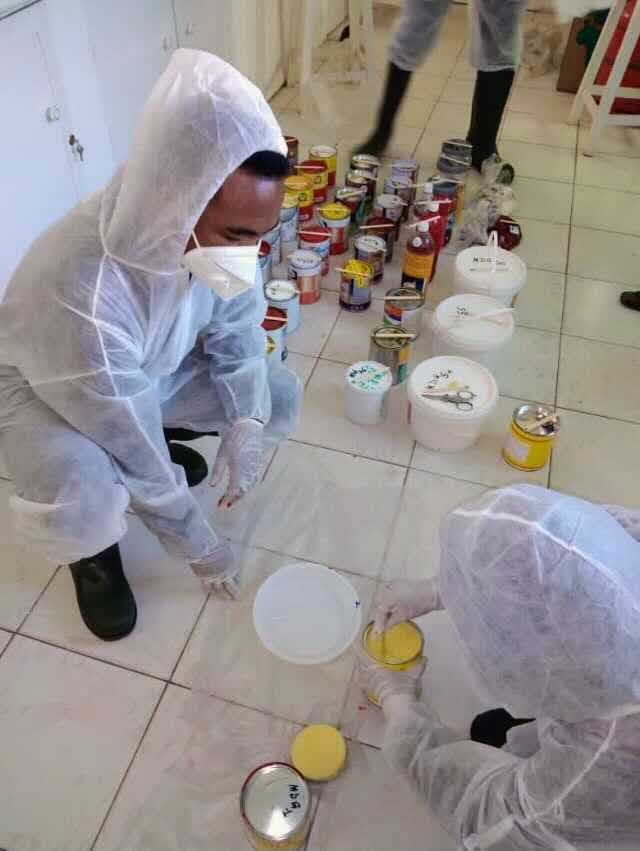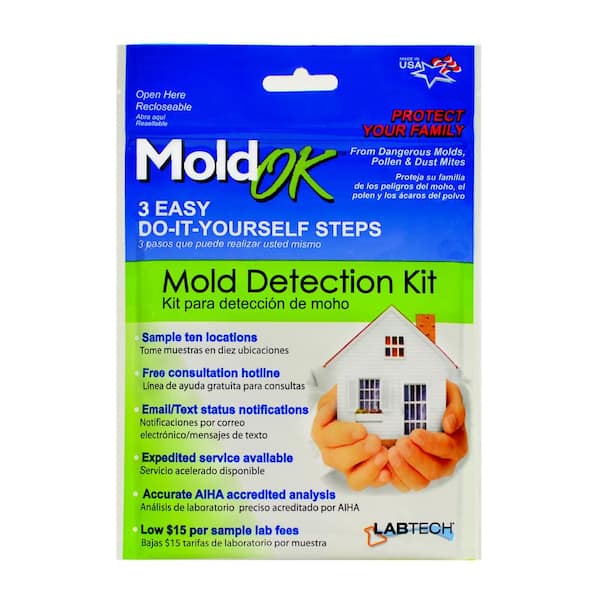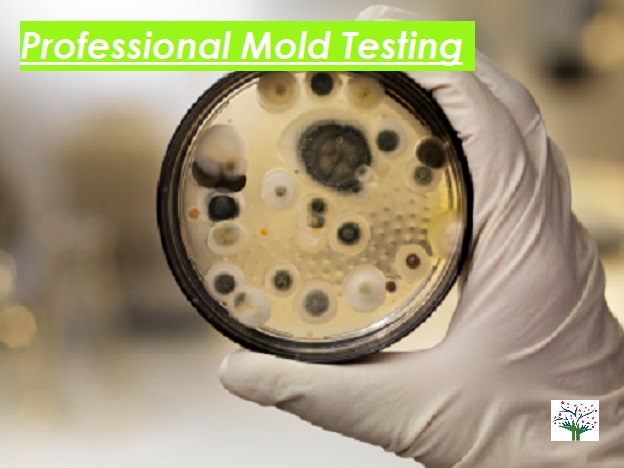Comprehending the Relevance of Reliable Mycotoxin testing Services
Comprehending the Relevance of Reliable Mycotoxin testing Services
Blog Article
Just How Mycotoxin Testing Helps Avoid Contamination and Protect Food Materials

Mycotoxin testing is an important method in the food market, serving as a frontline defense against contamination by harmful toxic substances created by molds. Through the application of advanced strategies like High-Performance Liquid Chromatography (HPLC) and Fluid Chromatography-Mass Spectrometry (LC-MS), food producers can precisely evaluate and discover mycotoxin levels in agricultural products.
Comprehending Mycotoxins
Recognizing mycotoxins begins with identifying that they are hazardous additional metabolites created by specific mold and mildews, which can contaminate farming items. These metabolites are not important for the growth or recreation of the fungi however can have extreme implications for human and animal health. Mycotoxins are commonly discovered in staple crops such as corn, wheat, barley, and nuts, where they can multiply under specific problems of dampness and temperature level.
There are several types of mycotoxins, each generated by different fungal species. Fusarium types generate trichothecenes and fumonisins, both of which are linked with different severe and chronic health and wellness concerns.

Threats of Mycotoxin Contamination
The risks of mycotoxin contamination are diverse, positioning significant threats to both food security and public health. Mycotoxins, toxic substances produced by particular sorts of fungi, can pollute a large range of agricultural products including grains, nuts, spices, dried out fruits, and coffee. As soon as these toxins infiltrate the food supply, they can bring about significant wellness issues such as liver damages, kidney failure, and even cancer cells. At risk populaces, including kids, the elderly, and immunocompromised individuals, are particularly in jeopardy.
Financial effects are one more major problem. Polluted crops can cause substantial financial losses for farmers and food manufacturers as a result of lowered yields and the need for costly decontamination steps. In addition, international trade can be significantly hindered as nations implement stringent mycotoxin laws to protect their populaces, resulting in declined deliveries and strained profession relations.
Ecological elements such as climate change aggravate the risk of mycotoxin contamination. Variations in temperature level and moisture can develop desirable conditions for fungal growth, boosting the likelihood of contamination events. Therefore, understanding and reducing these threats are vital for guaranteeing the safety and honesty of international food products.
Methods of Mycotoxin Evaluating
Properly determining mycotoxin contamination in agricultural products is important for securing public health and wellness and keeping food safety and security criteria. Different methods are utilized to detect and evaluate mycotoxins, each offering particular benefits and limitations.
High-Performance Fluid Chromatography (HPLC) is a commonly made use of approach as a result of its high level of sensitivity and precision. It entails dividing mycotoxins from various other compounds in an example, allowing accurate quantification. Fluid Chromatography-Mass Spectrometry (LC-MS) combines fluid chromatography with mass spectrometry to provide detailed molecular details, making it specifically helpful for identifying numerous mycotoxins at the same time.

Gas Chromatography-Mass Spectrometry (GC-MS) and Thin-Layer Chromatography (TLC) are likewise used, each with one-of-a-kind applications. GC-MS works for unstable mycotoxins, while tender loving care offers a less complex, cost-effective choice for preliminary testing.
Benefits of Routine Checking
Routine screening for mycotoxins in farming items uses countless benefits, dramatically adding to public wellness and food security. By identifying contamination early, regular try this website testing assists stop the circulation of hazardous foods, consequently reducing the threat of mycotoxin-related diseases amongst customers. This proactive technique not only safeguards human wellness yet also enhances the general high quality of food products.
Different countries and regions have developed strict limitations for mycotoxin levels in food and feed. Adhering to these restrictions via routine testing guarantees that suppliers and producers meet lawful criteria, thereby avoiding fines and trade obstacles.
In addition, regular mycotoxin screening can bring about significant financial advantages. Early discovery of contamination enables timely intervention, lowering potential losses from widespread contamination. Carrying out regular screening protocols can likewise reduce pop over here recall expenses and relevant liabilities, which can be monetarily devastating.
In addition, normal screening offers useful information that can notify much better farming methods and storage space conditions. By understanding patterns of contamination, producers can take on safety nets, thereby contributing and lowering future risks to the sustainability of the food supply chain.
Implementing Checking Protocols
Applying efficient mycotoxin screening methods is essential for ensuring the security and high quality of agricultural products. Establishing a robust testing structure includes several vital actions, beginning with the identification of potential contamination points within the manufacturing and supply chain. This consists of pre-harvest, post-harvest, storage, and circulation phases. Each phase needs to be scrutinized to pinpoint where mycotoxin contamination is probably to take place.
As soon as critical control factors are determined, selecting ideal testing techniques is crucial. Common techniques consist of enzyme-linked immunosorbent assay (ELISA), high-performance liquid chromatography (HPLC), and mass spectrometry (MS) Each method has its weak points and strengths; thus, selecting the appropriate one depends on the certain mycotoxin being examined, the called for sensitivity, and readily available sources.

Lastly, incorporating the screening protocols into an extensive food security administration system is suggested. This improves traceability and makes it possible for swift rehabilitative actions when contamination is found, therefore securing the stability of the food supply chain.
Verdict
Mycotoxin screening is necessary in stopping contamination and securing food products by making it possible for early detection of harmful toxins generated by molds in farming items. Advanced techniques such as HPLC and LC-MS guarantee conformity with safety laws and secure customers from health dangers. Normal testing improves brand name online reputation, economic why not check here stability, and rely on food safety by decreasing contamination-related losses and preserving high standards in food manufacturing. Carrying out rigorous screening procedures is thus imperative for the sector's total well-being.
Mycotoxin testing is an essential method in the food sector, serving as a frontline protection versus contamination by harmful contaminants created by mold and mildews. An incorporated method entailing farming techniques, storage monitoring, and routine testing can alleviate the dangers associated with mycotoxin contamination, making certain food security and public health.
The threats of mycotoxin contamination are diverse, positioning considerable threats to both food safety and public wellness.Regular testing for mycotoxins in agricultural products uses many advantages, considerably adding to public wellness and food safety and security.Mycotoxin testing is vital in stopping contamination and protecting food supplies by making it possible for very early discovery of unsafe toxic substances produced by molds in agricultural items.
Report this page